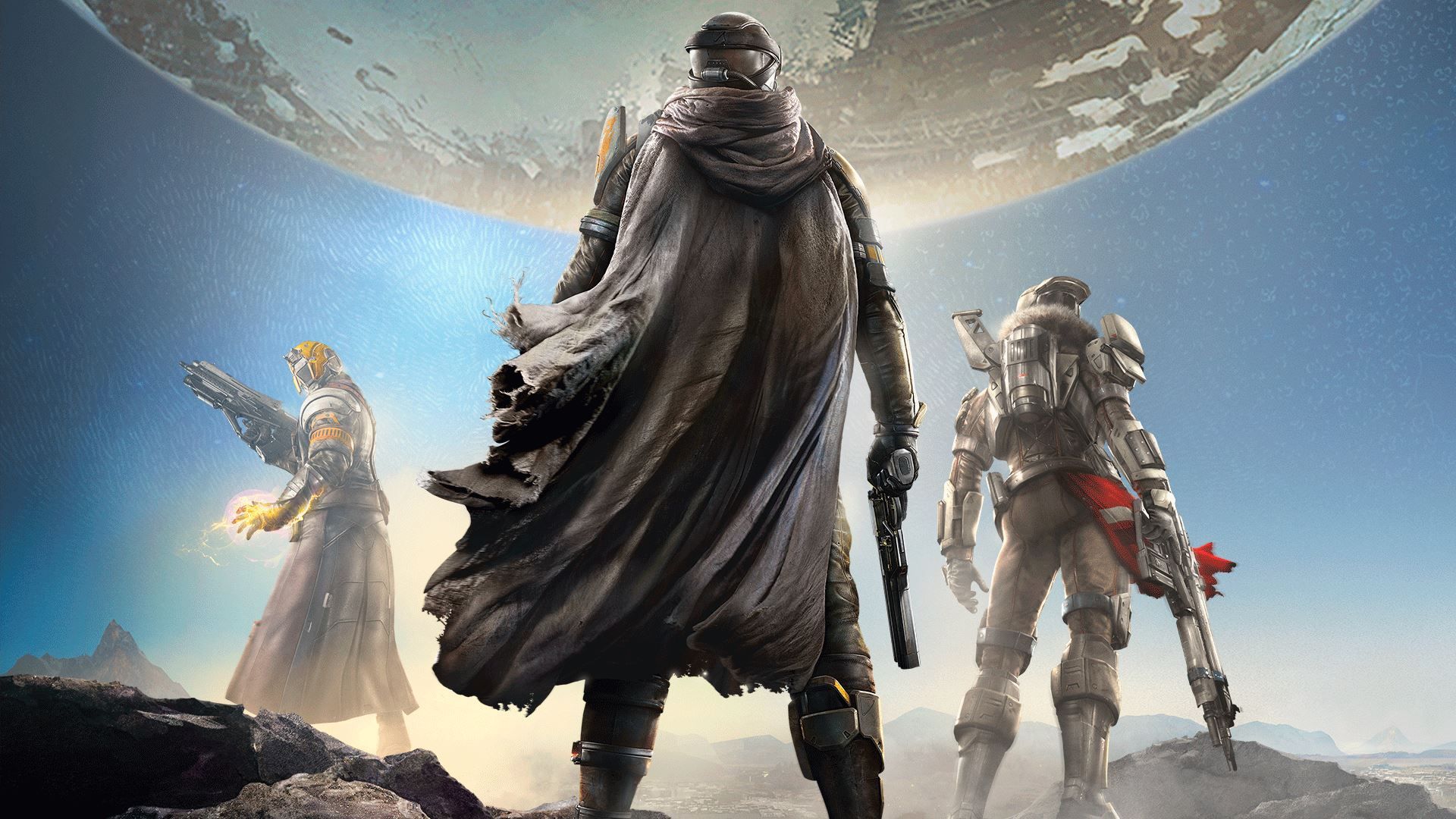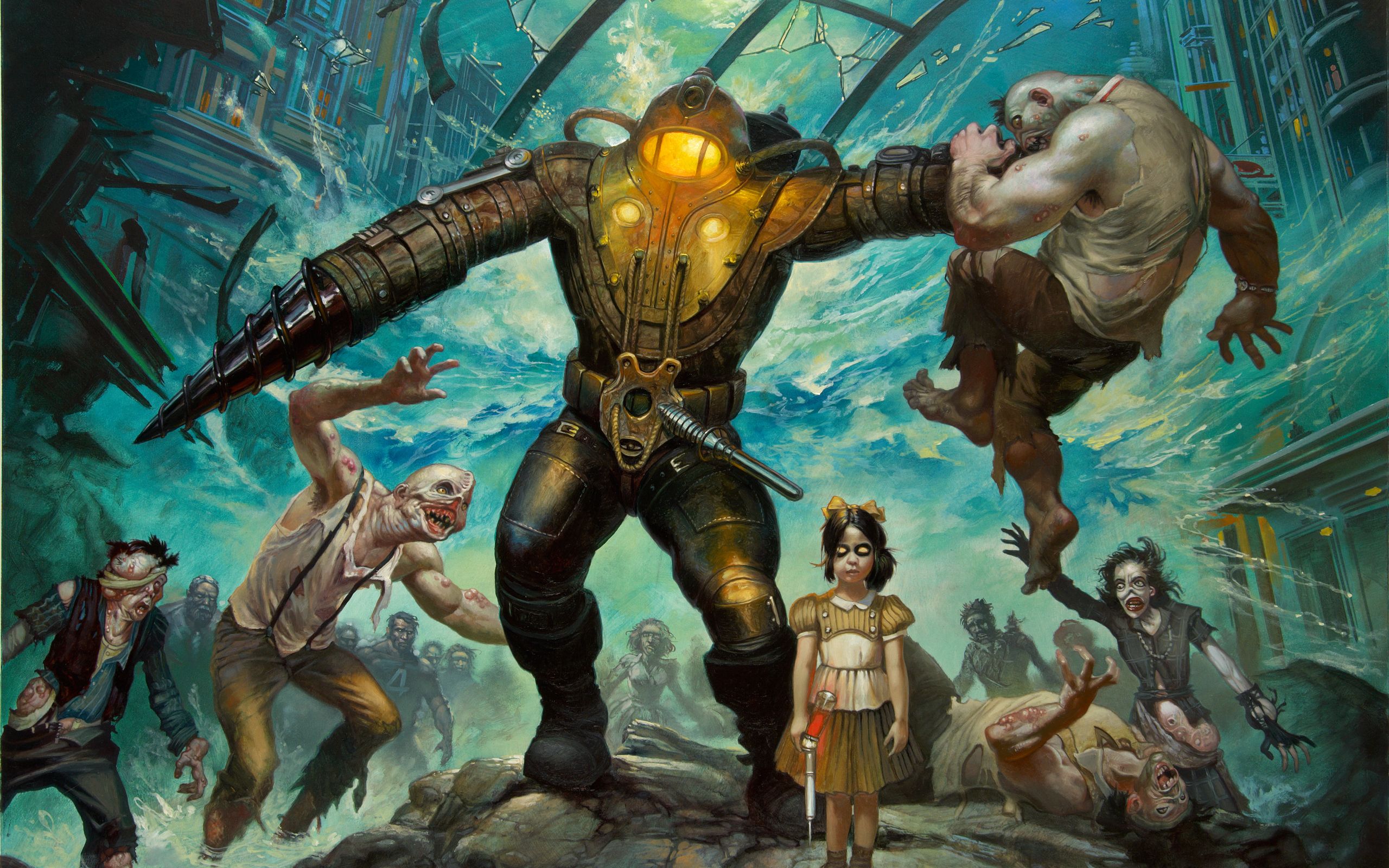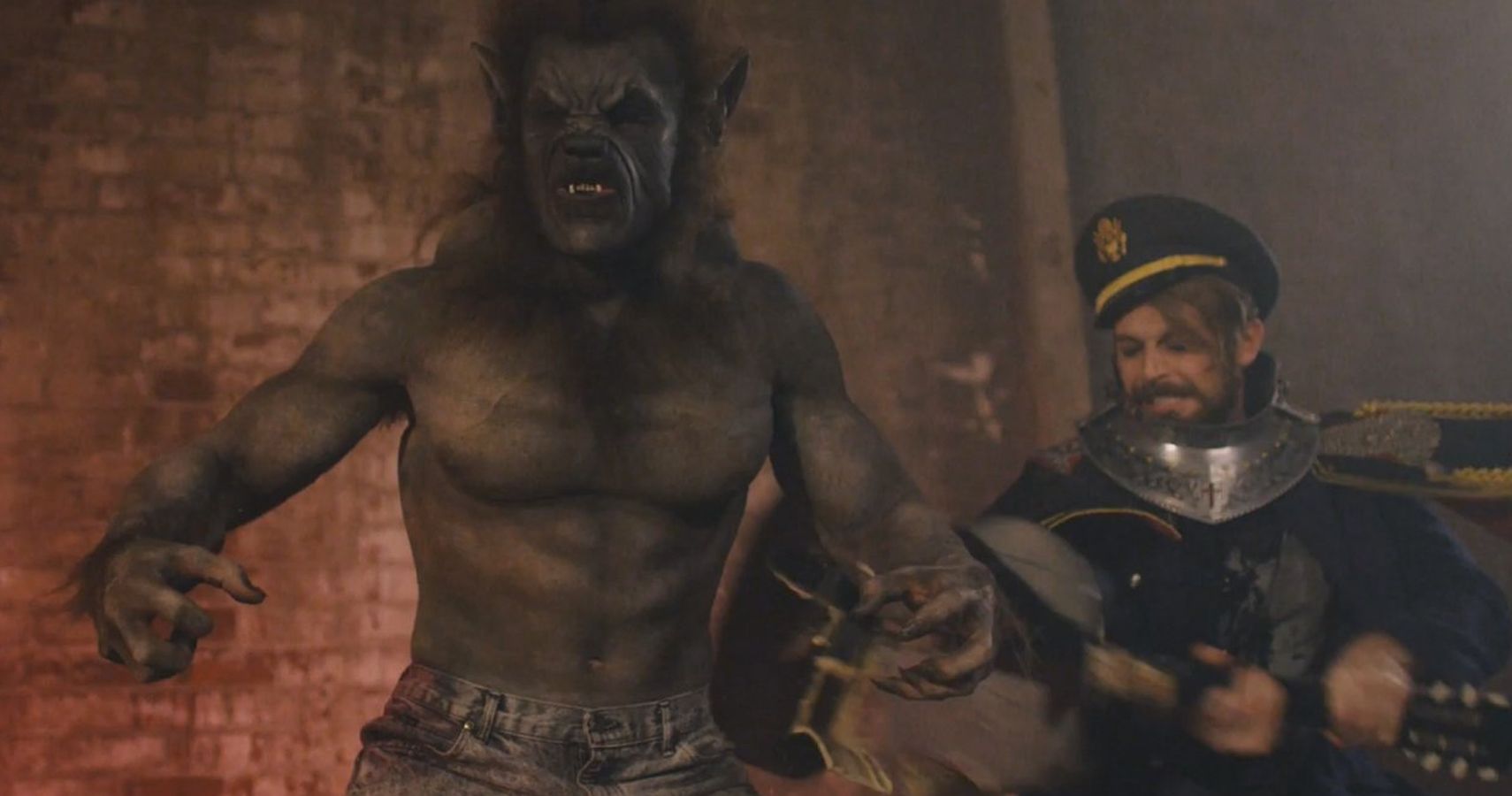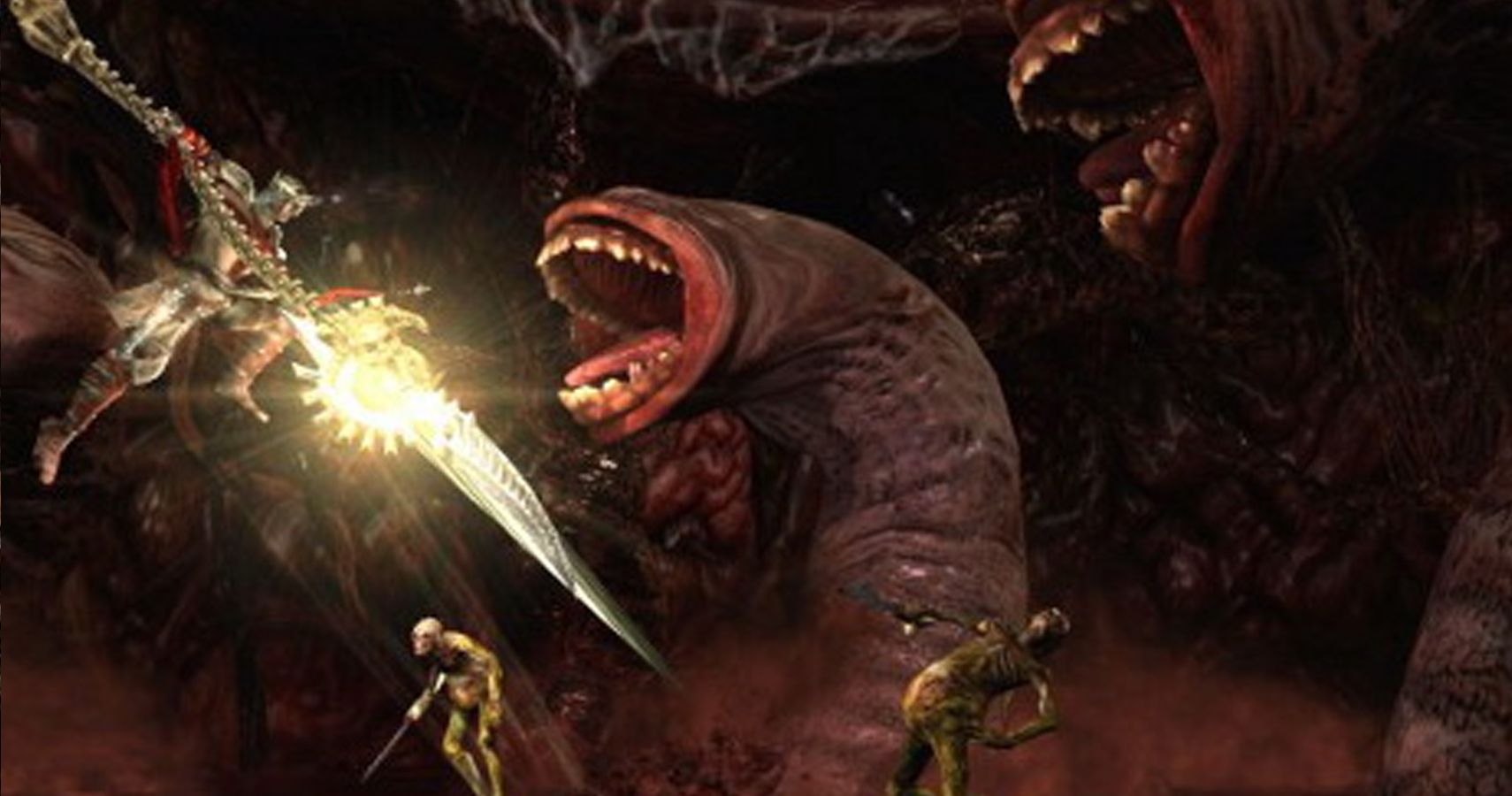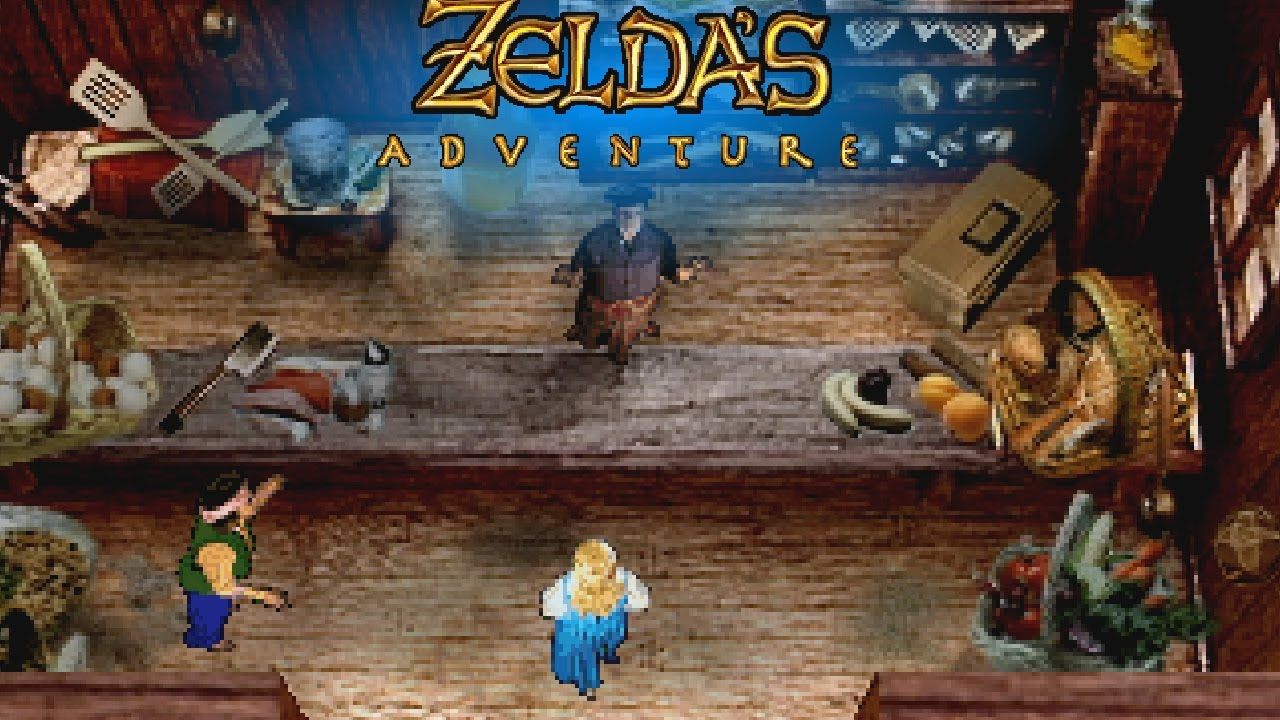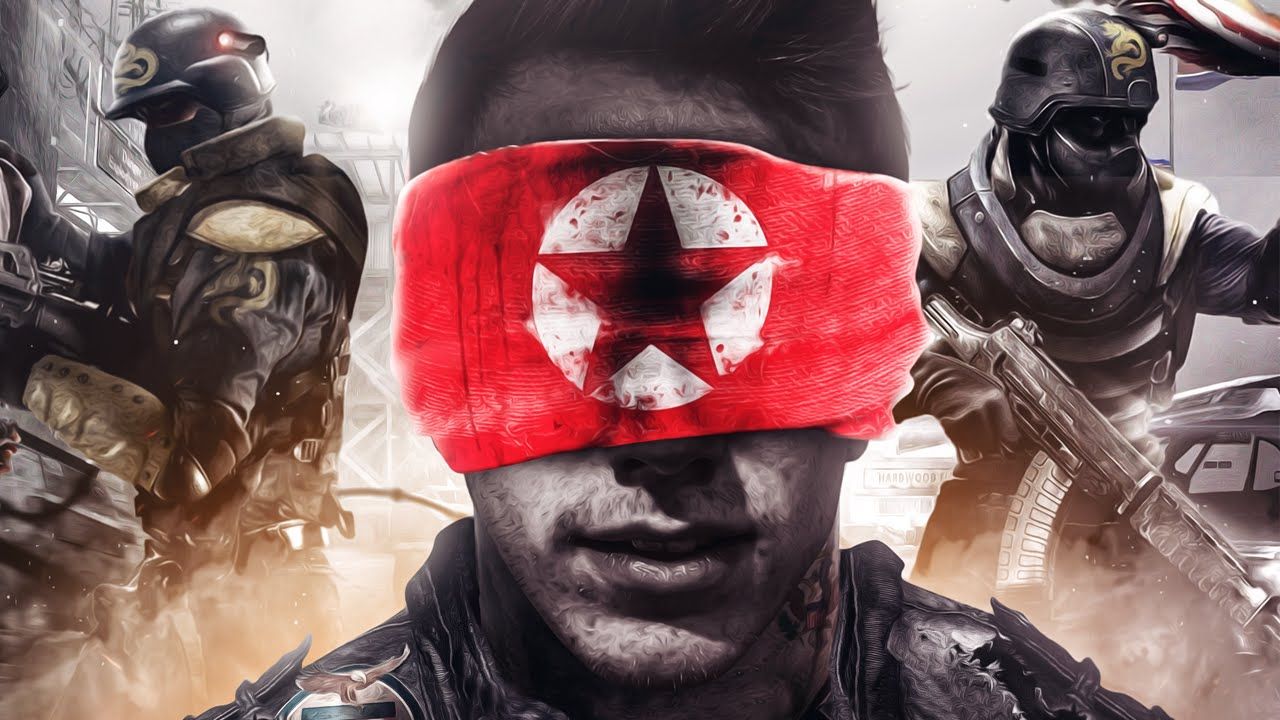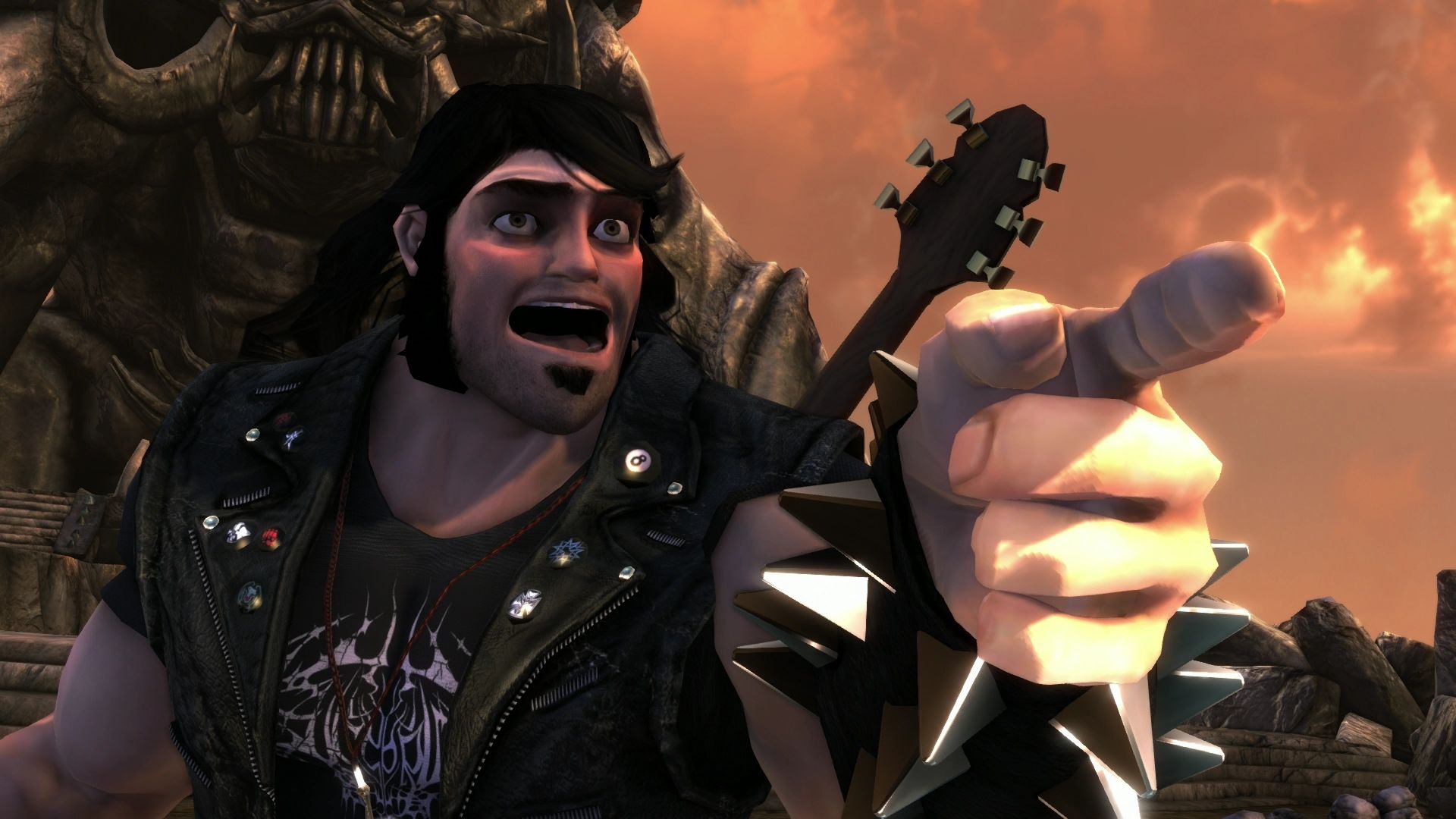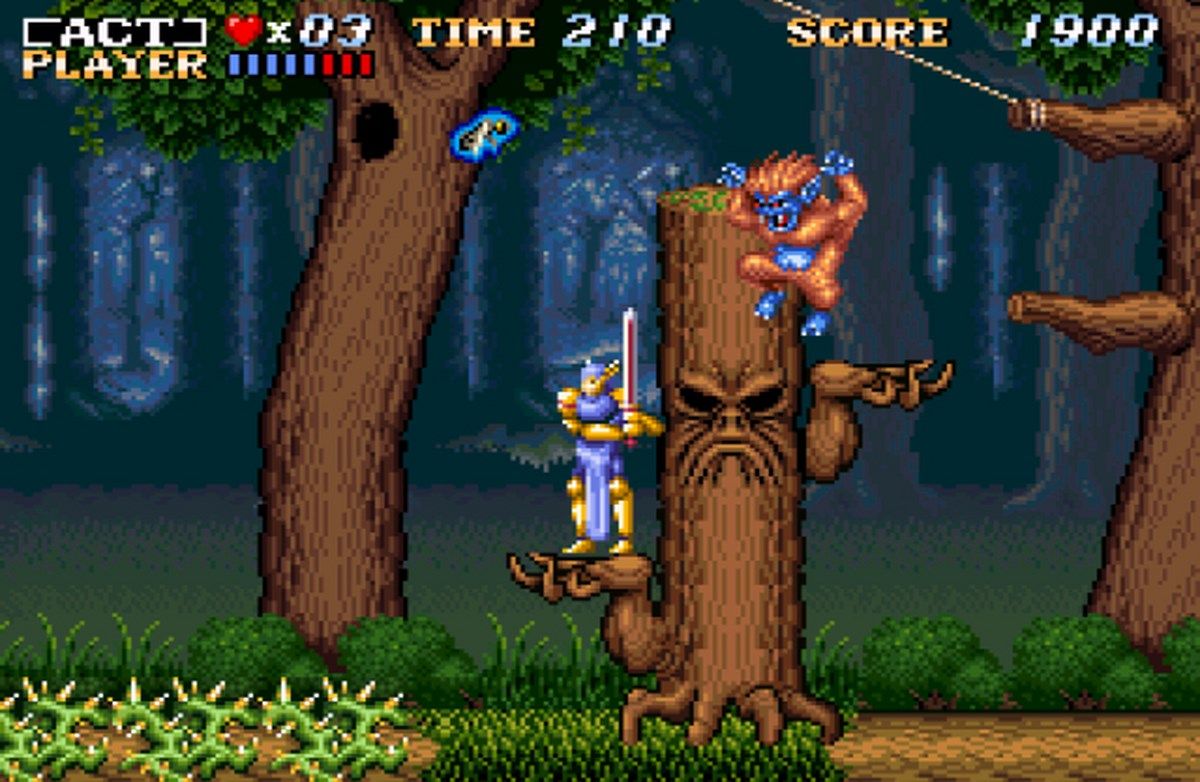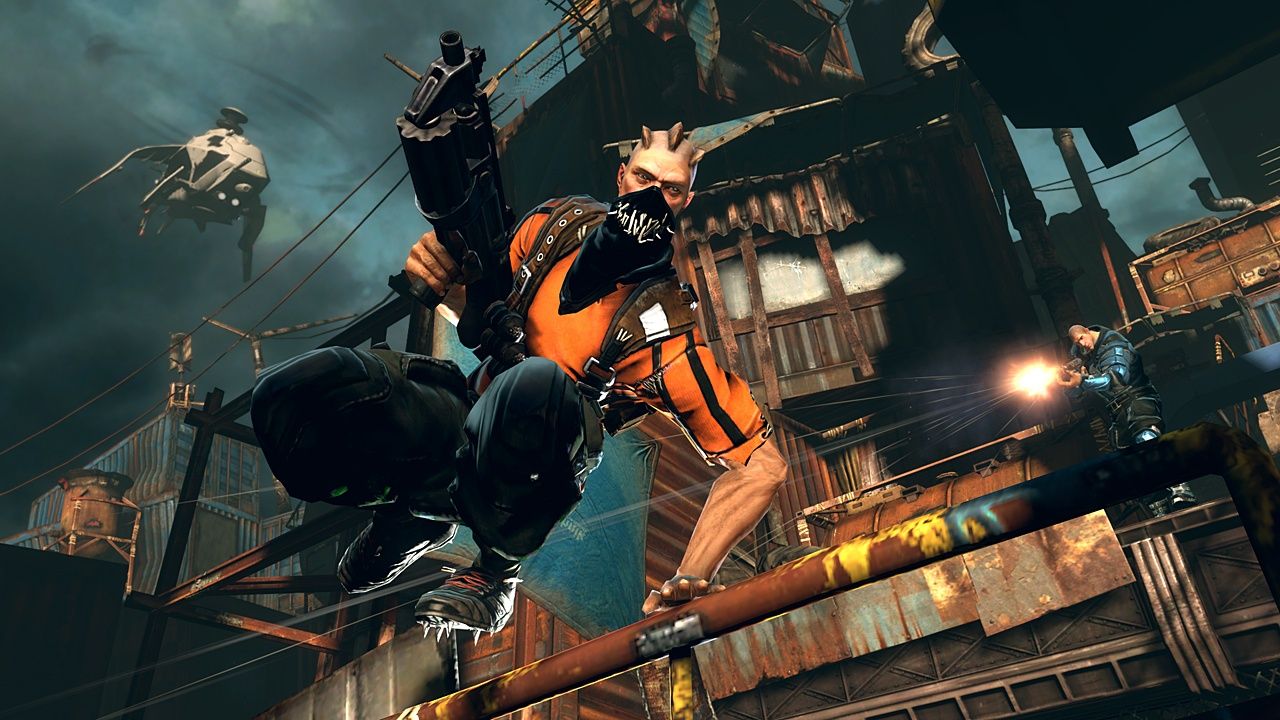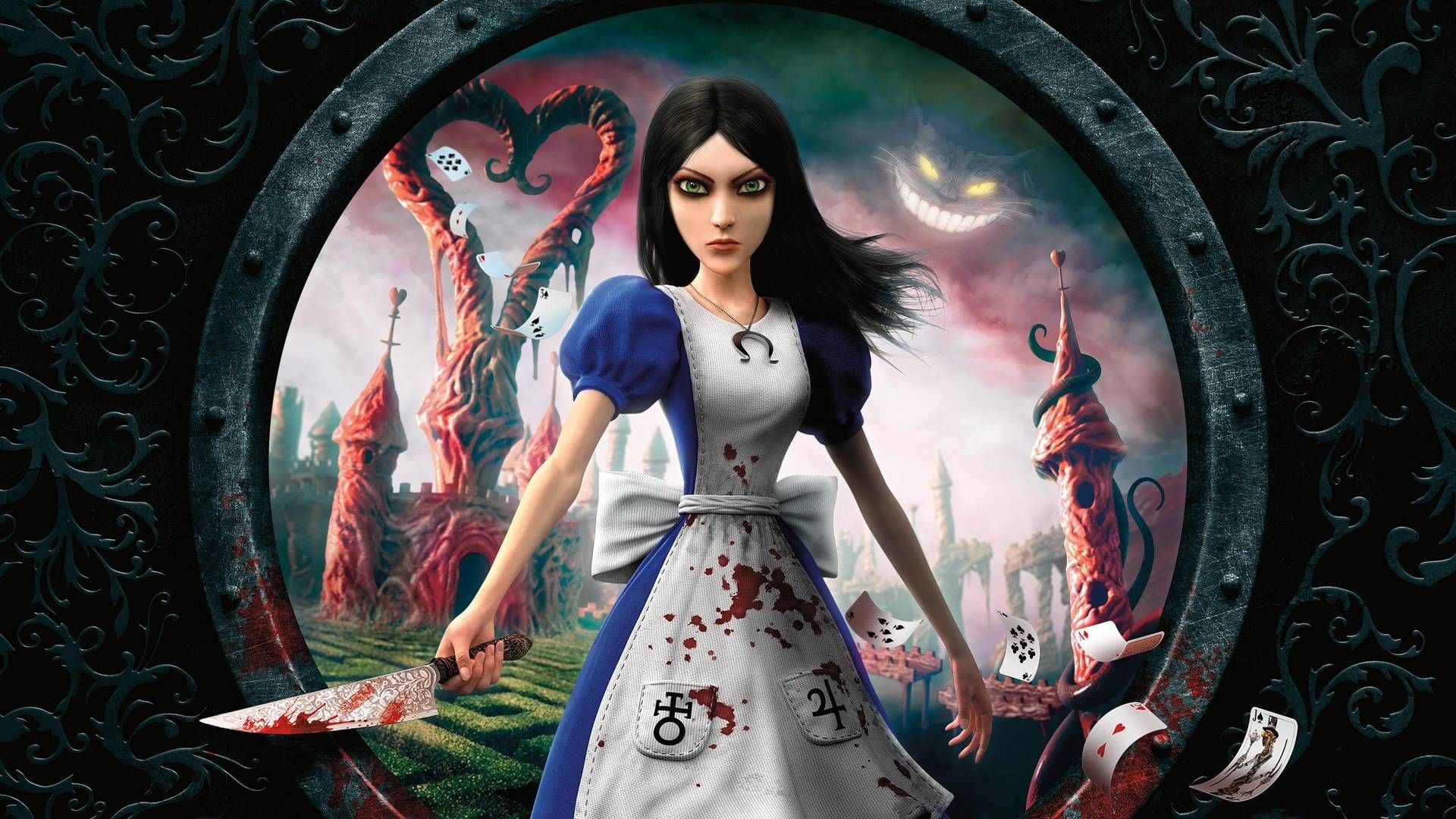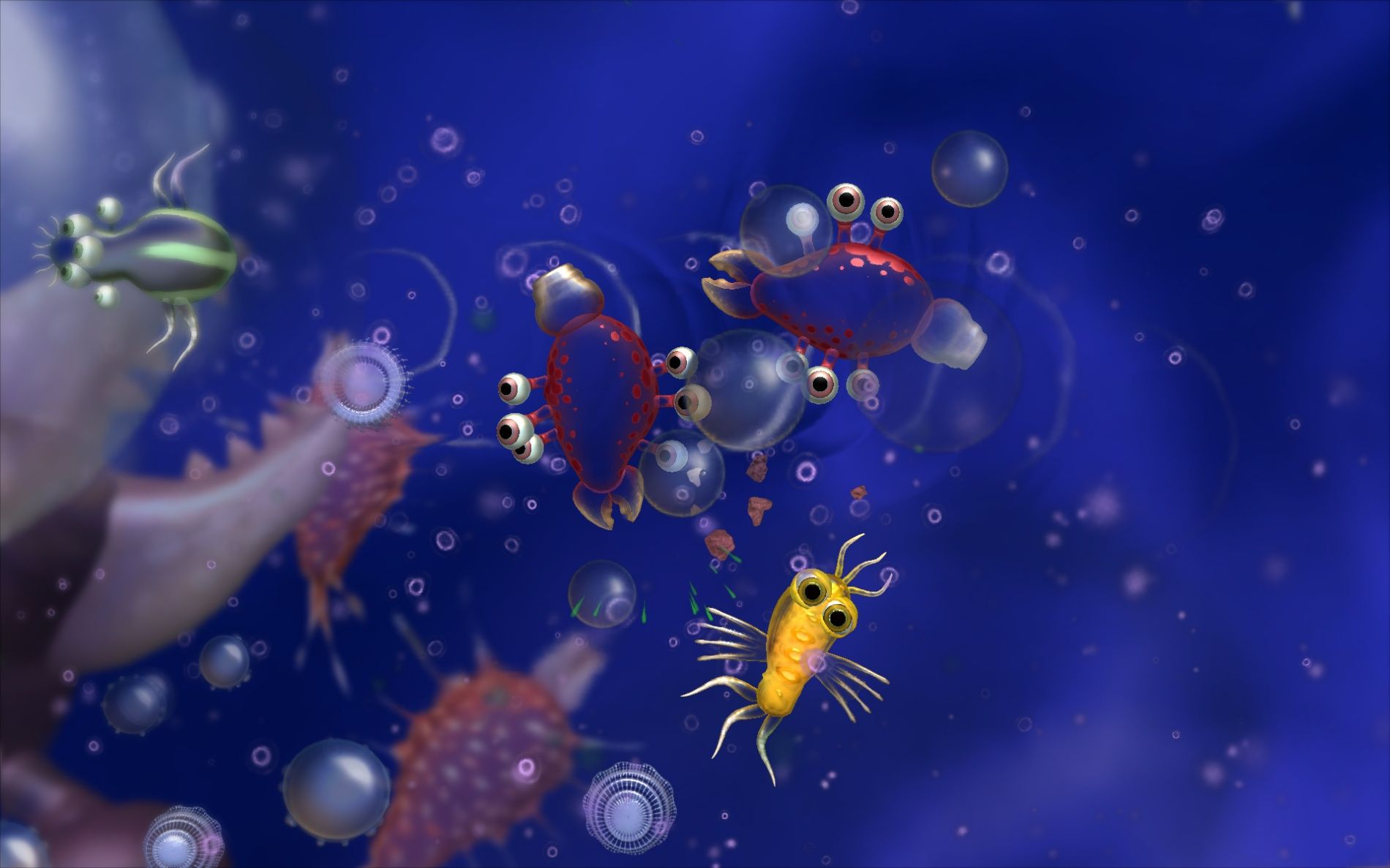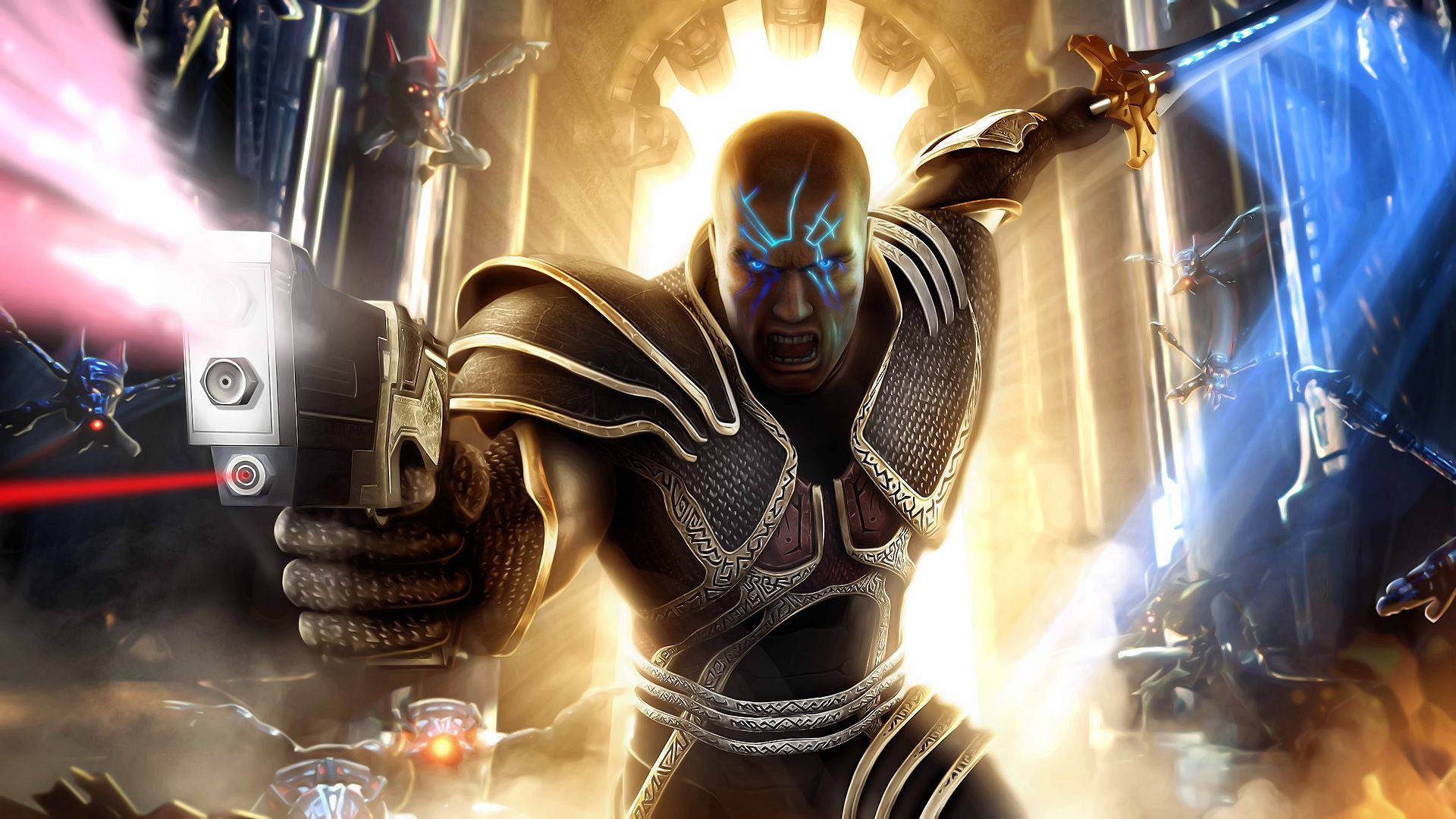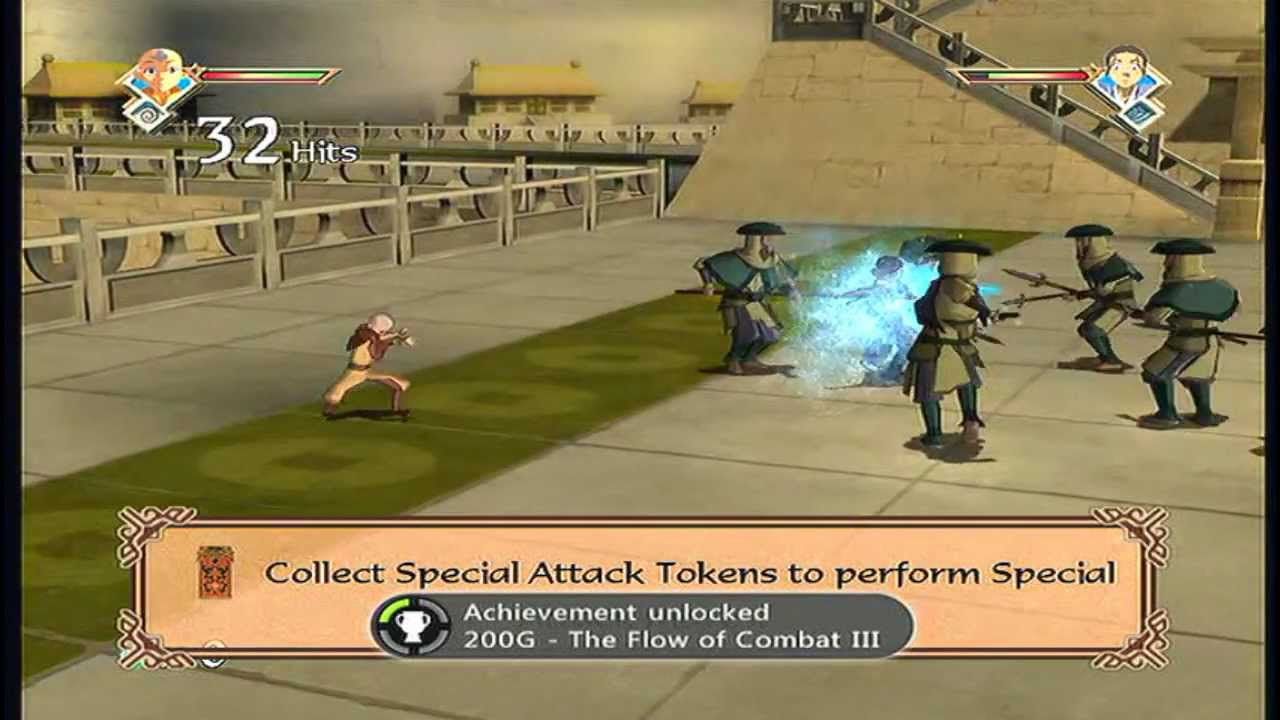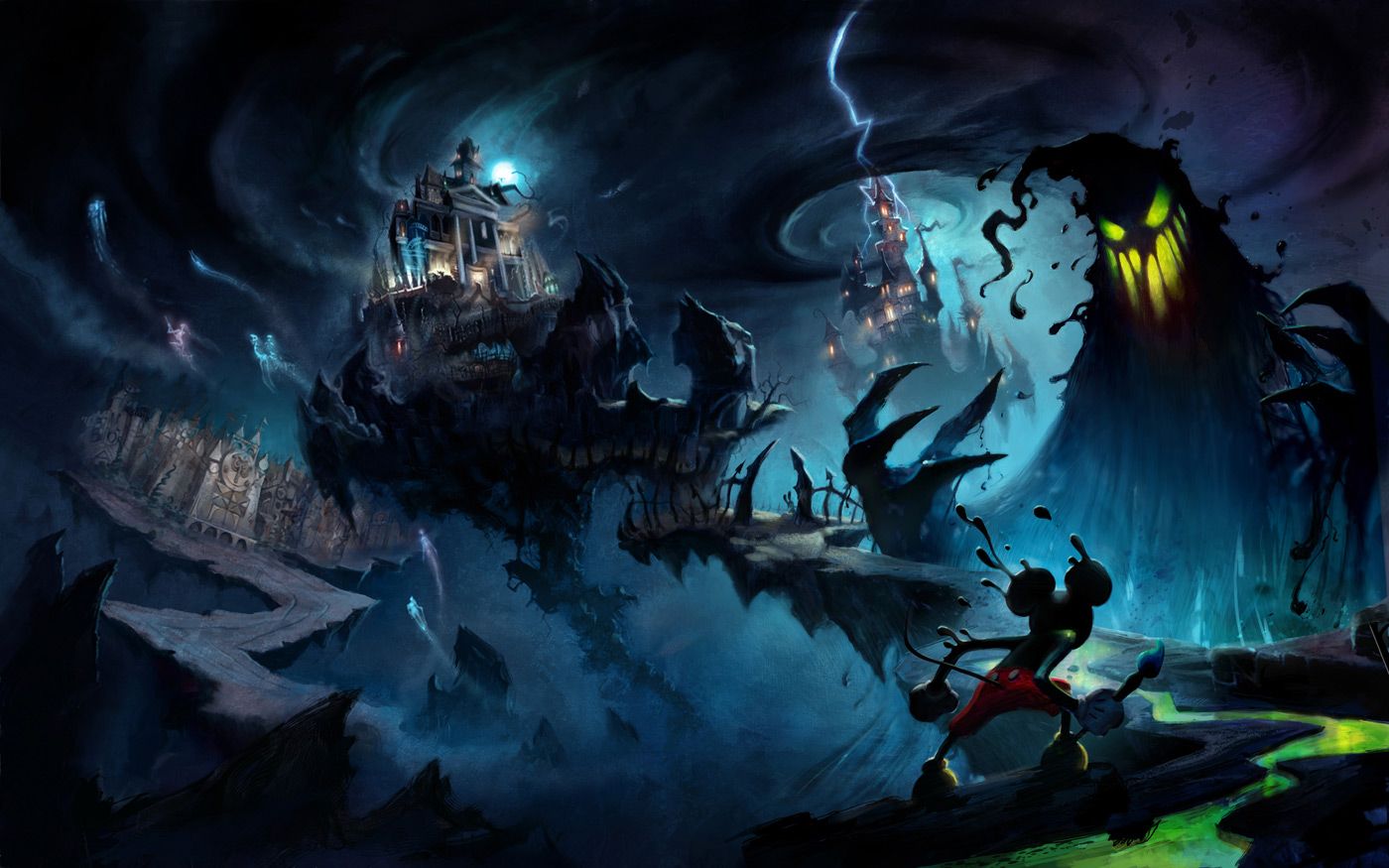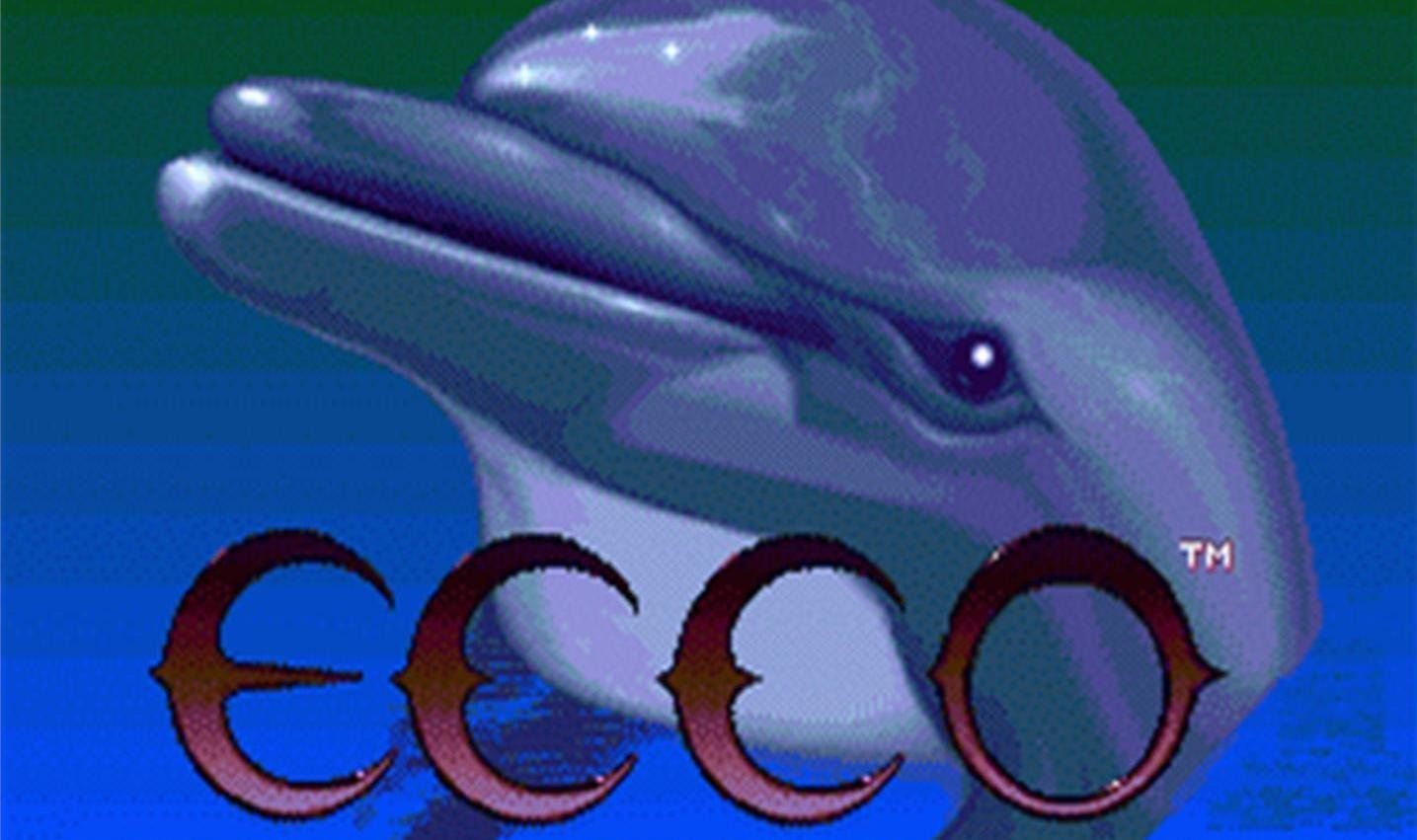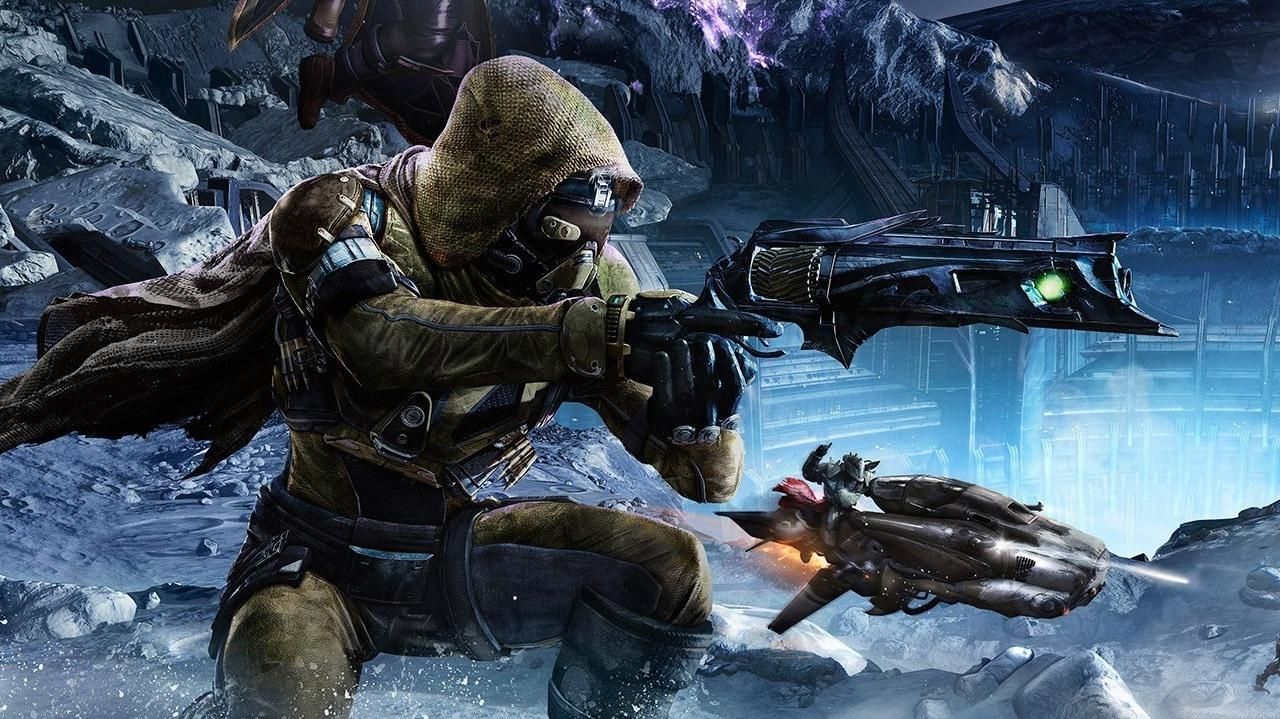Every gamer has at least one game they followed from announcement to release, only to find out that the very idea of it, the concept they fell in love with, failed miserably when the game sprung off the drawing board and onto store shelves. Whether your gaming hopes were dashed as a child or more recently, you know exactly what I’m talking about when I say that some video-game ideas are only good on paper.
There are plenty of reasons why a video game might fail when it goes to market. Maybe it has been rushed, or has suffered from a level of scope creep that skewed developers’ vision of the final product. Whatever the case, all you know is that this, the game that has finally arrived, is not the game you have been waiting on for years.
Whenever I closely follow a game’s development, I’m struck by a certain sense of impending disappointment. There’s a little voice in my head that remembers all the times Peter Molyneux, Reggie Fils-Aime, and J Allard let me down over the years. It’s the little voice that screams whenever something activates my trust issues, and it tries to keep me from getting too excited about an upcoming video game.
If you’ve got an inner-voice like mine, I’m sure you remember these fantastically disappointing video games that were only good on paper. Check out the 15 games that gave me trust issues, and share your worst experiences with video-game hype in the comments below.
15 BioShock 2 Managed To Make Being A Big Daddy Boring
How do you follow up the first installment of an acclaimed new franchise? By allowing gamers to play as one of its most threatening villains, of course. Sadly, as BioShock 2 players would learn, being a Big Daddy wasn’t all it’s cracked up to be.
BioShock 2 put players in the giant boots of Subject Delta, an old Big Daddy who was forcibly separated from his Little Sister and nearly murdered in the process. In order to reunite with his original charge, Delta must kill other Big Daddies and escort their Little Sisters to ADAM-harvestable corpses. In every level, Delta fights a Big Sister — a leaner version of a Big Daddy — who attacks after he has returned enough Little Sisters to their iconic crawlspaces. This never ending gameplay pattern made one thing quite obvious: being a Big Daddy is boring.
14 Failing To Make 1886 Compelling
At its core, The Order: 1886 was a retelling of the Arthurian legends, set in an alternate version of 19th-century London, in which the Knights of the Round Table squared off against werewolves and vampires. The game’s steampunk stylings and mysterious, foggy aesthetic piqued the interests of PlayStation 4 owners, who needed a solid, over-the-shoulder shooter to round out their collections.
Unfortunately for Sony fans, The Order: 1886 failed to deliver on its high concept. Developer Ready at Dawn released a short, lackluster adventure that clocked in at around seven hours, had too many QTE instances, and garnered unfavorable comparisons to Epic/The Coalition’s Gears of War. Although the game’s designers had originally hoped for The Order: 1886 to kick off a brand-new franchise, the lukewarm reception and loss of IP ownership to Sony almost guarantees Ready at Dawn will never create a sequel.
13 Dante’s Inferno Didn't Do Much With What It Had
There was a time when Darksiders and Dante’s Inferno were the games to watch, and believe me, I regretted pulling for Dante when the two titles came out. It’s not that Darksiders was a much better game — it wasn’t. — but that Dante’s Inferno was an empty shell of what it might have been.
See, Dante’s Inferno was literally good on paper. The Visceral Games title had a lot of good, Catholic fun to draw from Dante Alighieri’s Divine Comedy. Problem was, the game somehow chose to ignore all of its source material in favor of creating a God of War clone that just wasn’t any fun to play. How do you turn God of War into an un-fun, button-mashing nightmare? I’m still not entirely sure, but someone at Visceral could probably tell you.
12 Zelda’s Adventure Did A Major Disservice To Both A Princess And Her Franchise
Now, Nintendo does not consider any of the Phillips CD-i games — Link: The Faces of Evil, Zelda: The Wand of Gamelon, or Zelda’s Adventure — to be part of the Legend of Zelda canon. So talking about Zelda’s Adventure as if it were on-par with any of the other games on this list, to some people, constitutes a major misstep on my part. However, it’s important that we discuss Zelda’s Adventure, simply because it was Nintendo’s chance to do right by its damsel in distress, and they blew it.
Today, it’s not uncommon to see money poured into blockbuster games and movies featuring female protagonists, but a girl hero was a novel concept when Zelda’s Adventure arrived in 1994. When Ganon kidnaps Link for a change, Zelda sets out to rescue him, but a dwindling budget led to graphics and sound that were unfitting of her mission.
11 Homefront Missed The Red Dawn Vibes It Shot For
Homefront took a look at a foreseeable future in which oil prices have skyrocketed, and Korea, united under Kim Jong-un, begins to conquer Asia. With Southeast Asia annexed, Korea turns its attentions to the U.S., which it manages to weaken and control with a puppet government. One year before Chris Hemsworth led a new generation of Wolverines in a fight against the DPRK, Homefront followed a small group of rebel combatants as they fought back against Korean occupation.
The Red Dawn-esque shooter from Kaos Studios and THQ couldn’t hold a candle to its inspiration, however. In spite of the relatively deep backstory and intense marketing campaigns, Homefront served up a too-short campaign that played pretty much exactly like you’d expect a first-person shooter to play. For a resistance-fighting title, Homefront fell in lockstep too quickly.
10 Brütal Legend Missed A Few Notes
Nearly a decade after it hit the Xbox 360 and PlayStation 3, Brütal Legend still manages to excite me. The cartoony visuals, musical in-jokes, and heavy-metal cameos, combined with Jack Black’s performance as G.R.O.A.T. — That’s Greatest Roadie Of All Time — Eddie Riggs, made for a rocking good time. Brütal Legend had a good story, interesting combat, and worthwhile side missions — but the Double Fine game was missing something.
Perhaps it was the fact that Brütal Legend was the riskiest of all risky gaming endeavors: a real-time strategy game on consoles. Or maybe the world wasn’t developed enough to plunge players into the depths of the metal-head paradise it was meant to emulate. There’s no single front on which Brütal Legend failed to deliver, just a general sense that the final game wasn’t everything we’d been waiting for.
9 ActRaiser Spanned Two Genres And Was Mediocre In Both
Cross-genre games are rare, possibly because they’re so difficult to pull off. Back in 1990, Enix — pre-Square — had high hopes for ActRaiser, a fantasy title that combined side-scrolling platformer action with an omnipotent city-builder. For its time, ActRaiser provided a lush visual experience, but major flaws prevented it from being a truly great title.
Sure, the gameplay was unique, and ActRaiser clearly explained the reasoning behind its disparate halves — the hero known as the Master must restore the world by killing demons and increasing prosperity — but that didn’t stop the game from feeling disjointed. It was also frustratingly short and far too easy, to the extent that, following the release of ActRaiser 2 in 1993, it was possible to beat both installments in the same afternoon.
Enix built ActRaiser on a compelling concept, but the execution didn’t meet the lofty expectations set by the story.
8 Brink Couldn't Climb To The Heights Of Its Hype
Designed as a parkour-heavy multiplayer experience, Brink was a class and faction-based FPS that took place on The Ark: a man-made, sustainable island endangered by rising sea levels. The game pitted Resistance fighters against Ark Security forces, and received high marks for its multiplayer gameplay.
Brink’s parkour — a top selling point before the game was released — wound up playing a large role in its undoing. The system made combat movement and exploration effortless, leaving players with the sense that they were sailing through the game, without any real input or skill on their part. 1UP.com went further than some other reviewers, calling Brink “unfinished … an unpolished, poorly executed mess of ideas,” and claiming that the game had “more potential than it kn[ew] what to do with.”
Granted, 1UP’s review was one of the lowest Brink received. It’s just too bad that it was so accurate.
7 Alice: Madness Returns Couldn't Live Up To An American Legend
For Nineties kids, American McGee’s Alice was the stuff of goth legend. The 2000 PC game twisted Lewis Carroll’s quirky, 19th-century novels into the grimdark wonderland of its eponymous heroine’s nightmares. Somehow, Alice never received a port until it was bundled with the sequel, Alice: Madness Returns, which hit PC, Xbox 360, and PlayStation 3 consoles in 2011. And that, unfortunately, is where all the trouble began.
You would think that the port didn’t hold up its end of the bargain, disappointing fans 11 years after it first appeared, but having the chance to play the original Alice on consoles was the best thing about the sequel. Alice: Madness Returns traded the original game’s dark edginess for a bright color palette and unexplained butterflies. For many fans of American McGee’s Alice, the sequel performed better on paper.
6 Spore Wasn't As Revolutionary As We Were Led To Believe
It took a lot of years, more than I’d like to admit, for me to realize that I wasn’t the only gamer who felt personally victimized by Spore’s undelivered promises. Will Wright’s 2008 PC release touted itself as a god game in which players could spawn and evolve their own species, which would then populate other worlds, and even invade them. Spore failed to meet its own high standards, however.
Developers had sold the Spore concept on the claim that evolutionary choices would actually determine the success or failure of a species, but the reality was that almost every new development served only aesthetic purposes. Ultimately Spore, a game that had promised players the opportunity to manage the daily lives of their species from mere molecules through space exploration, turned out to be more of a cool-monster builder with some gamification thrown in for flair.
5 Too Human Took Norse Mythology To New Lows
When games emerge from development hell, they’re seldom worth as much hype as they’ve amassed over the years. Too Human did nothing to buck that trend. The game’s high concept put players in control of Baldur, one of the Norse gods — in this case, cybernetically over-enhanced humans — who must face off against the armies of Loki. Turning granddaddy god Odin into the Organically Distributed Intelligence Network was a smooth move, but cutting four-player co-op wasn’t.
Silicon Knights’ Microsoft exclusive underwent a number of critical changes before it became the Norse-inspired science-fiction adventure that hit Xbox 360 in 2008, but none of them appears to have been for the better. The game’s mediocrity might have been acceptable if it had debuted three years earlier, around the time that the 360 launched, but by 2008, gamers expected a little more bang for their action-adventure buck.
4 Avatar: The Burning Earth Copped Out Of A Great Franchise
Back in the days when people actually cared about their gamerscores, one game stood out from the rest as being the easiest way to max out a title’s achievements and earn your 1,000 GS. It was Avatar: The Burning Earth, and players could unlock its every achievement simply by chaining attack commands in the opening sequence.
Avatar: The Burning Earth deserves infamy, not only for the ways in which it mishandled the development of a wonderfully minable television show into an abysmal video game, but also because it managed to taint the reputation of any Avatar: The Last Airbender spin-off game to follow. Sure, none of the Avatar games were truly great, but they could have at least been passable. With the funk of Avatar: The Burning Earth hanging in the air, however, passable proved impossible.
3 Disney Epic Mickey Failed To Flex Its Artistic Muscles
What could be better than a colorful, creative Disney video game in which you control Mickey and a magical paintbrush? Sadly, almost any other non-Disney game. Disney Epic Mickey inked its way onto the Nintendo Wii in 2010, with a strong concept and stunning — if only standard definition — visuals, but the little game that could fell into decades-old platformer-gaming traps.
One of Disney Epic Mickey’s flaws should have been predicted before the game came out. The marriage of Disney, the Wii, and the platformer genre made for a game tooled toward young gamers to an unbearable degree. Unexpectedly, wonky camera angles rendered some portions of Disney Epic Mickey frustratingly difficult for what was a child’s game, at the end of the day. These qualities made Disney Epic Mickey feel inconsistent at best, and comically deceptive at worst.
2 Ecco The Dolphin Brewed Creep Out Of Kitsch
I don’t know about you, but if someone tells me they have a game about dolphins, I’m going to envision a bubbly, Lisa Frank-esque version of Flipper or Free Willy. I’m not going to, say, expect to play as a time-traveling, headbutt-happy cetacean who has taken it upon himself to fight underwater aliens. But that’s exactly what Ecco the Dolphin was, and…there’s not really much else to be said.
To be clear, Ecco the Dolphin was not a bad game. It was hard, horrific, and surreal. Since 1992, the game’s sheer weirdness, more than anything else, has contributed to its enduring reputation. The problem here lies in the fact that Ecco, a game released before the foundation of the ESRB, appeared to be a child’s video game, in all respects. Its sharp turn into freakyville has had us reconsidering the propriety of dolphin-based gameplay ever since.
1 Destiny Fired Its Writers And Booted Its Story
Bungie’s first major, post-Halo project was Destiny: an RPG set in a post-apocalyptic version of our solar system. The class-based FPS intrigued gamers, who expected it to be the closest thing home consoles could offer to an MMORPG. But Destiny was not the game its buyers anticipated. Player interactions were lacking, entire NPCs had been scrapped, and the story — an integral component in any RPG — was nowhere to be found.
Gamers felt cheated by Bungie, and for good reason. As it turns out, Destiny had had a deep, interesting story at one point, but executives unhappy with how the development process was going had given Destiny’s writers the axe and forged ahead with their own plan, one that involved throwing the entire story into an out-of-game Grimoire and replacing it with crappy dialogue and nonsensical missions. As shipped, the game was good, but it was better on the drawing board.

